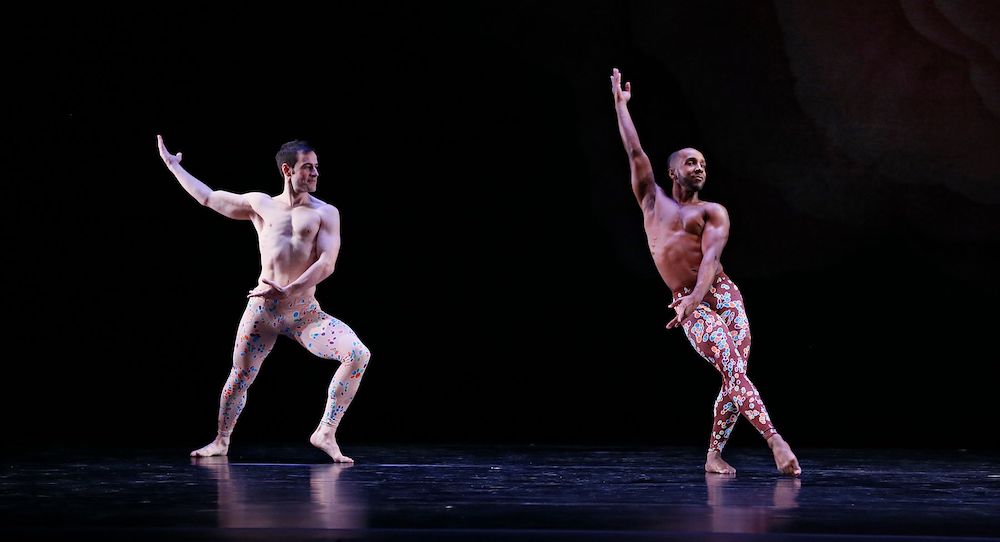When you think of dance, what immediately comes to mind? For some, it is the artistry within the movement being performed. For others, it is an escape from the real world and trials and tribulations of everyday life. Dance has the power to reach those around us in ways that tap into every emotion imaginable. There are a variety of avenues that dance can reach that goes beyond simply performing on stage for thousands of audience members, and this can be seen even now to express and create dialogue for issues we see and experience in our daily life. It is fascinating how artists, dancers and choreographers share such a beautiful artform but also share a common ground in wanting to reach those with movement in place of words.
Here, Dance Informa speaks with various directors and artists in the professional world about how dance has played a vital role in their life, how it came with adversity and how they have used the artform to evoke change.
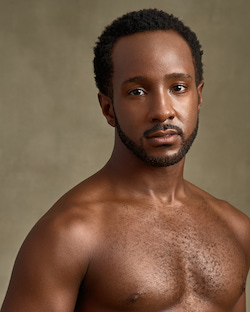
Before becoming a Paul Taylor Dance Company member, Alex Clayton had his fair share of obstacles to face as he pursued his professional dance career.
He tells Dance Informa, “I started fairly late in the dance world, around 16 years old. It was a benefit of mine because I felt more like an adult. However, I was 5’6″, which served as an issue in the ballet world, along with my musculature. My skin color was also an issue, as I was fed information that there could be only one black dancer in a given organization. I knew I couldn’t change either issue, so I decided to be proud of myself.”
For Bradley Shelver, the switch from what he experienced in South Africa during and after the apartheid compared to life after moving to New York provoked an evaluation of how human beings in general can view someone in the dance world.
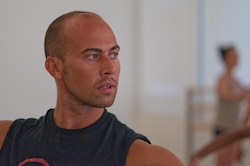
“When the apartheid ended in 1994, I was a senior in high school,” says Shelver. “I auditioned for Alvin Ailey and received a scholarship, and I was the only Caucasian to receive it at the time. I became a member of a family, and with coming to New York and dancing with Ailey and Ballet Hispánico, I felt that I was living that change. However, being from Africa, you’re expected to look or act a certain way, and it took awhile for me to process this assumption. I wouldn’t book a role because my look didn’t fit, so it was my goal to try to change the frame of mind of some people. With Ailey, I was able to bring the experience to the world and move how I was born to move.”
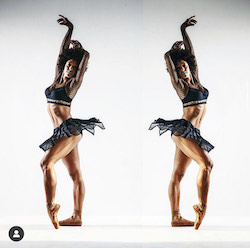
Complexions Contemporary Ballet company member Larissa Gerszke shares her experience as a bi-racial dancer navigating the dance world around her more specifically in classical ballet.
She says, “I grew up dealing with the privileges of both sides, and with dance, I was privileged in a way of being a lighter complexion. Ballet is rooted in perfection. Presenting less of myself to be comparable and successful in ballet paints a clear picture of the limitations engraved into the ballet aesthetic. Regardless, I had to work 110 percent harder, which is a hard pill to swallow. I had to come to terms with where I stand and what I want to do with it, and Complexions has offered a space for me to be myself authentically.”
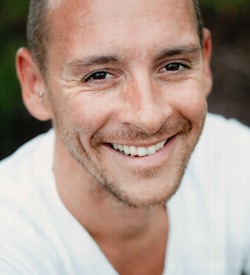
Speaking on his earlier experiences as a young man striving to train and build on his craft, Dante Puleio (new Artistic Director of Límon Dance Company) brings about the perspective that many male dancers experience at one point or another.
“Around age 19, I was one of two male dancers training,” Puleio reveals. “I didn’t really get that guidance from a male instructor who could show me how to use my gifts. There was a sense of ‘no one in the room looked like me,’ and as a privileged white man, I thought of how that feels for a person of color. There is no person to give them the tools as an artist, which echoes loud and resonated with me more.”
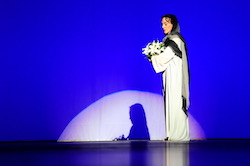
Isadora Duncan dancer and teacher Lori Belilove speaks on her experience, saying, “I remember going to a modern dance audition and the teacher cut me down to pieces. It was like a knife. I had to deal with that pain, but I also made a point of exploring what she saw. I overcame that pain, and Isadora Duncan helped me look beyond the pitfalls.”
For Paul Taylor Dance Company member Madelyn Ho, although she says she has been fortunate in her career, there were still moments of doubt at times.
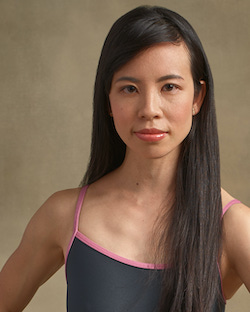
“I have had the opportunity to perform Paul Taylor’s masterworks and share it with audiences around the world,” says Ho. “Dance has been an integral component of my life and has also been, at times, a source of conflict with my family. There were few prominent Asian-American dancers for my parents to look to as role models for the path I had set out. They wanted me to be judged by my merit and hard work, not by my ethnicity or any other factors I cannot control.”
These artists and directors and many more in the dance realm have taken their experiences of adversity and turned them into beacons of hope. Whether it is through their journeys in performing or outreach to the communities around them, the one common denominator is using dance as a platform to evoke change, emotion and to create dialogue. Teaching movement and creating a love for the arts is a vessel of sorts that takes strong leaders to keep the course but also navigate through rough waters.
Tiffany Rea-Fisher, artistic director of Elisa Monte Dance, notes that it is imperative to model what she wants to see, and it starts from the top.
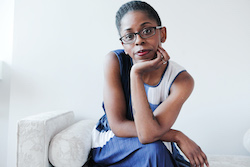
“I make decisions together with dancers,” she says. “Everyone has a seat at the table, and it is a safe place for them to share their ideas. Dancers are sometimes silent vessels, and it is 100 percent my job to create a space where they can physically and vocally express themselves.”
Focusing through the lens of arts education, Alpha Omega Theatrical Dance Company serves as a platform for young minority artists and performers. With Executive Director Donna Clark and Artistic Director Enrique Cruz DeJesus at the forefront, Alpha Omega has served as a home and a family for young artists.
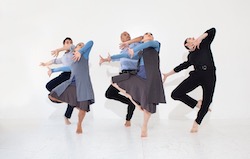
“The works that we have done with Alpha Omega have dealt with social problems in the world,” says DeJesus. “We are known for creating works that are socially conscious and create dialogue. Being a small dance community, we evolve but preserve what we have. It’s about being true to who you are. It’s about consciousness.”
Clark adds, “Dance is a cathartic way of being, and artists need a space to express and heal. We need to be able to provide a space, place and idea that rally around where the dancer speaks. It’s about connecting energies and coming together. It’s necessary to make a statement of what has to happen.”
As a director of his own company along with teaching at public schools, Mark DeGarmo finds movement as a healing and creative process for students he’s encountered.
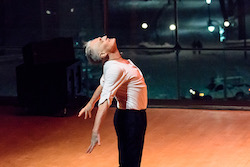
“Improvisational composition is my approach to choreography and is the heart of my creative process,” DeGarmo explains. “Movement with special needs children and non-verbal learners gives me the ability to connect student learning to human development. It’s a sort of healing mechanism.”
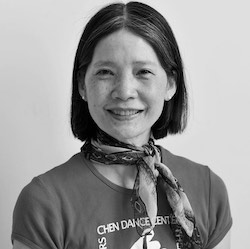
Director of Chen Dance Center Dian Dong is also passionate about reaching children city-wide and globally while teaching Chinese history through Chinese dance and operatic movements.
“Since 1988, we have offered a series of workshops for schools free of charge,” says Dong. “We all have to do our part to help this next generation. Although we are displaced right now due to a recent fire at our studio, we want to integrate the right and left hemispheres of the brain and take the best of all worlds remotely by doing virtual workshops.”
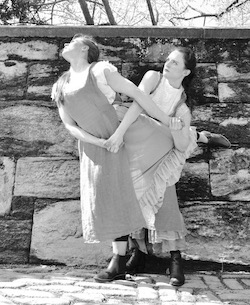
As a teacher and dance educator, Catherine Gallant says, “When engaging with dance, it is important to own your own ideas. It’s empowering. How do we reveal through our body? With very young children, it is an embodied interaction. I’m not giving through my lens, but I’m allowing them to discover. It comes from them first.”
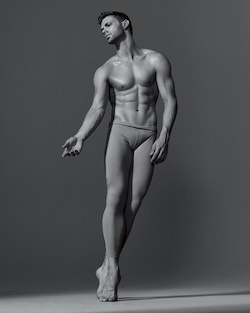
So how can we as artists continue to #bethechange? While there is not one clear answer as to how, the possibilities to change our world through movement are endless, and it starts with action.
Michael Novak, artistic director of Paul Taylor Dance Company, shares, “I think that looking at pre-existing systems, biases and prejudices that may be in place in our industry, internal or external, conscious or not and assessing what I can do to create new systems in our company that are grounded in equality, diversity and inclusivity will be a system that will gain momentum and carry forward.”
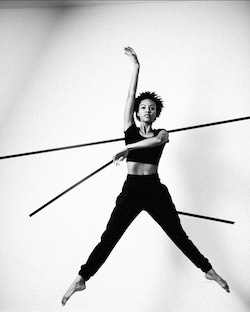
“We’re actually all in this together,” says Nayomi Van Brunt, dancer at L.A. Dance Project. “All artists share the same struggles as an artform in general but are not treated the same. We have a platform as artists to help others. I am actively working on how I can be the change. We’re working on a mindset, and the issues of the world don’t end when we enter the studio.”
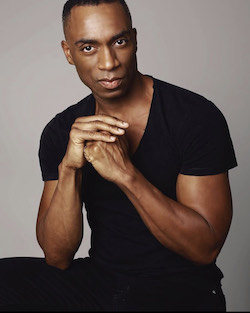
Desmond Richardson, co-founder and co-artistic director of Complexions Contemporary Ballet, explains, “The moment is upon us that we are and can change the future. We’ve had the platform, and it is now more open. I encourage artists to go forth on any ideas. We are creators, and through trials comes endurance and perseverance.”
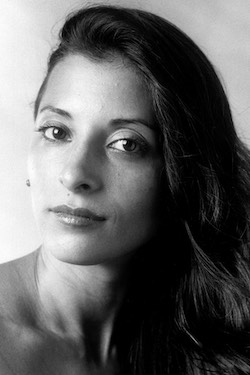
“Art allows us to reach into the light to imagine, create and innovate,” adds Jacqulyn Buglisi, artistic director of Buglisi Dance Theatre. “Dance brings in poetry, music and literature and comes out from inside. We must look at what’s in front of us and ask, ‘How can I participate?'”
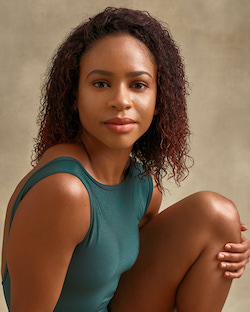
As a member of Paul Taylor Dance Company, Jada Pearman sums up being the change, explaining, “When I perform, I represent my family, my beautiful island home and every little black girl who dreams of becoming a professional dancer. I’m dancing for more than just me, and there’s just so much work to be done.”
By Monique George of Dance Informa.


